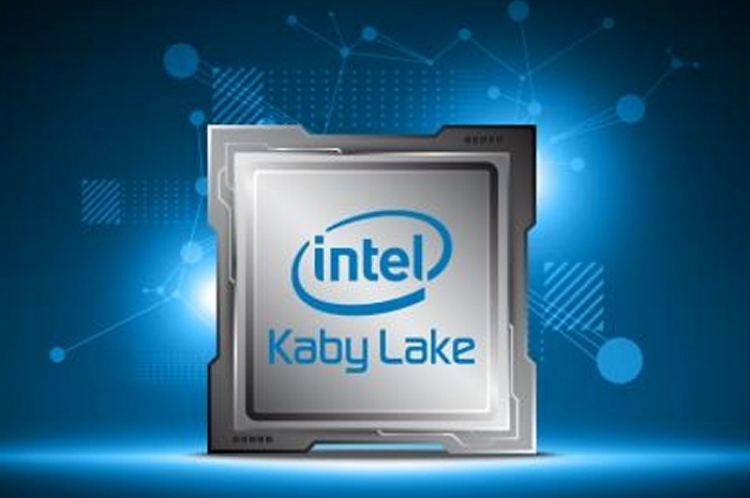Everything we know about Intel’s 7th generation Kaby Lake CPU

New details have emerged in regard to Kaby Lake, the 7th generation Intel Core processor set to power 2-in-1, laptop, and desktop devices in 2017, that may, or may not surprise Windows users who are still running Windows Vista, Windows 7 or Windows 8.
The 14 nanometer CPU is manufactured in a way that is similar to Skylake, although with a few key differences that make this new chip about 12%-19% faster than SkyLake. While such a mild boost in performance might sound underwhelming, compared to the difference between Skylake and Haswell / Broadwell chips, it’s worth noting that the new CPU features considerable improvements in power management, and in reference to video performance.
By this token, new devices will see as much as a 2.6X boost in battery life when playing 4K video using certain file formats and encoding technologies. It goes without saying that these performance may vary depending on which browsers and operating systems are used. Web browsers using outdated codecs to play video content will take a bigger toll on battery than newer, more advanced codecs and formats.
One caveat
The one problem afflicting Kaby Lake, is the same one that has initially plagued Skylake: while the new CPU supports other operating systems such as Linux, and Mac OS X, the only Microsoft operating system capable of running on Kaby Lake CPUs is Windows 10, which comes as no surprise, considering that KAby Lake features a number of capabilities that are designed to take advantage of, and enhance Windows 10’s security layer, from Bitlocker to Windows Hello.
This isn’t likely to be the last time Intel takes such stance in regard to older operating systems. Unsupported OSs like Windows XP and Windows Vista, in particular, bring about heavy issues of security, as they are the most likely carriers of malware, which can be spread easily across computer networks that do not support hardware-based security.
The first batch, released Tuesday, belongs to the low-power Y-series variant, and the more power-hungry U-series batch, both featuring a dual core and four threads. The Y-series requires 4.5W, and is designed for smaller devices like 2-in-1 ultra-portable laptops, while the 15W U-series chip is designed for heavier workloads, on more powerful laptops. With that said, the next MacBook isn’t likely a recipient of the new chip yet, as Apple may need more time to integrate the new CPUs into upcoming devices. Also, let’s not forget the strengthening relationship between Apple and AMD, in reference to rumors of AMD’s Zen CPU and Polaris GPU, possibly powering the next generation of MacBooks.
Windows 10 laptops and 2-in-1s powered by Kaby Lake are expected to be able to play continuous video, for up to 9.5 hours, and the Y-series Kaby Lake will feature speeds between 1.0GHz and 1.3GHz. The U-series will offer performance between 2.6GHz and 3.6GHz, and the price range for these chips is between $281 and $393.
The future
While Kaby Lake will likely power a fair share of systems built in 2017, the real boost will be brought by Cannon Lake’s 10 nanometer architecture, whose delays in production lead to the manufacture of Kaby Lake.
Ready to shop?
If you are looking for the perfect Windows 10 laptop, PortableOne has you covered with a great selection of powerful Windows 10 laptops, 2-in-1, and desktop AIO.